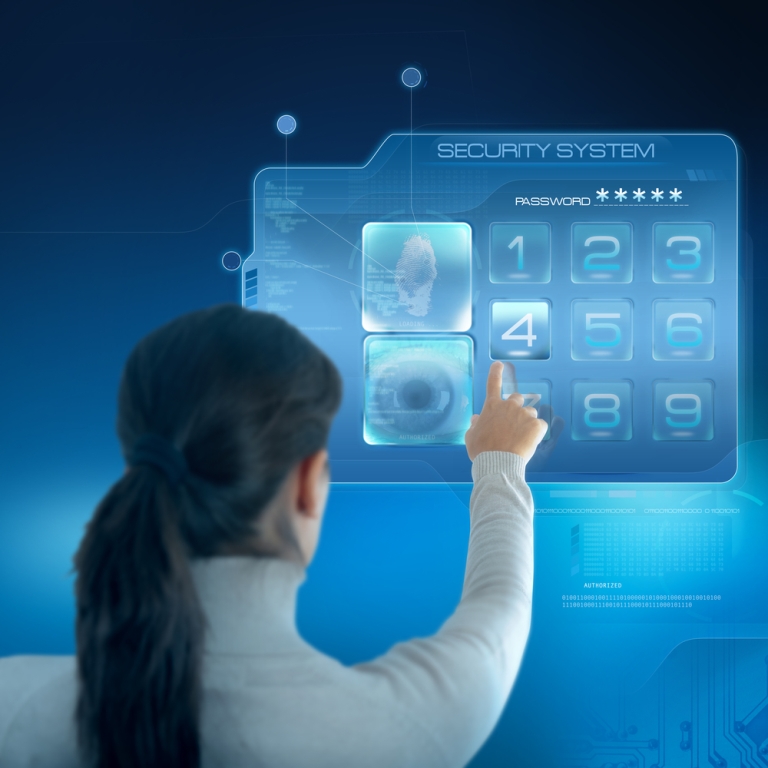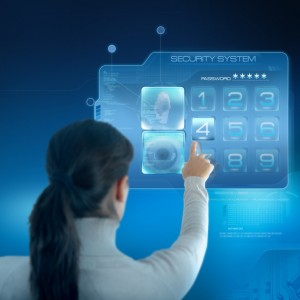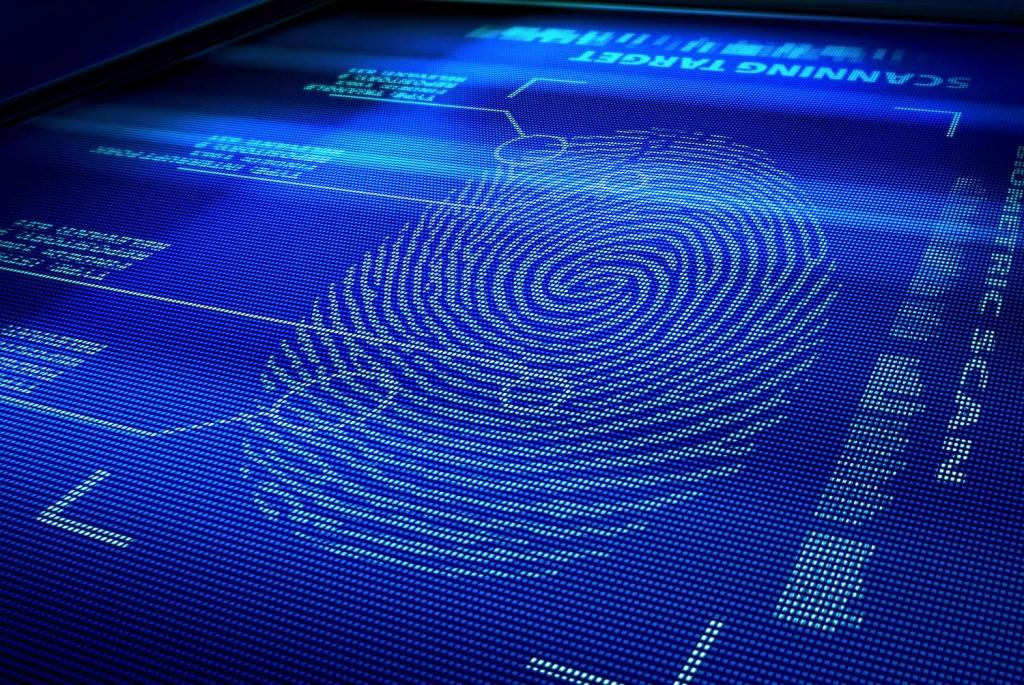There are many different varieties of access control devices and systems used for different purposes. If you are looking to use an access control system for commercial or residential use, there are many forms of access control devices available to you. An access control system gives users access and authority to manipulate certain areas or resources in a specific facility or pc within the control of the owner.
It is an everyday thing we are normally oblivious to, but they are everywhere we go. A few examples of access control systems are locks on the automobile door much like your key fob to automatically lock and unlock your automobile. Another form of access control will be your pin on a debit card or perhaps bouncers in front of your nightclub or courthouse. Access control can be quite a significant resource when people are looking to safely secure confidential or sensitive information or equipment.
There are numerous access control devices from which to choose. The types of door hardware include exit devices and push bars which are used when exiting a top-notch traffic building say for example a theater. You typically see exit devices as a possible emergency exit which allows exiting easily and immediately. Other door hardware devices include keypads and alarm locks that secure a unique area to prevent theft and break-ins. Appears to be unauthorized user gains access, then an alarm will go off and away to warn those inside building. A keypad can be used to restrict use of unauthorized users that needs an access code or password to appreciate entry.
A different sort of door hardware which can be used for access control are vault doors. The objecive of a vault door will be to safely secure not merely personal heirlooms, weapons or guns, business and family records, photographs, jewelry, art, collectibles and rare antiques. A vault door is usually constructed beyond thick steel barrier to protect against extremely hot temperatures plus thick bolts to ensure your valuables feel safe. Vault doors can also be used as a storm shelter, notably if you live in a place where hurricanes, tornadoes and weather conditions are persistent.
Other sorts of access control are push buttons. You mainly see push buttons found in case of the emergency or even the handicapped. Push buttons are hard to miss being that they are larger than normal buttons this will let you bright red color. The same costs handicapped buttons but you are indicated with all the ordinary handicap blue color. These push buttons are usually seen at hospitals or buildings with high person traffic offering easy entry and exiting through your building and never have to physically push or pull the threshold.
You will also see various kinds of access control locks like electric strikes and magnetic door locks. Electric strikes are always used for doors that apply electricity for the strike, that will grant access. There is a couple of forms of configurations such as fail-safe or fail-secure. A fail-secure configuration will lock the doors and grow locked in case of the power or circuit failure. The alternative applies to a fail-safe configuration where an electric current is applied exactly the same except it locks the edge, restricting access. In the power or circuit failure the doors would simply open for access. Sometimes electric strikes use a buzzer, which the user outside can hear if the door is open.
For magnetic door locks you will find electromagnets that affix to the doorframe as well as the door itself that create the door to securely shut tight. The potency of the magnetic locks is useful like your typical door lock. Together with the magnetic attractive force, magnetic locks usually takes up to 1200 pounds of force and they are very compact. Some magnetic locks are available with an infrared remote release to allow entry.
Intercoms are a fantastic access control device. They provide the benefit of communicating out user through another intercom device or phone without having to walk up to the entranceway to check on. Intercoms are typically mounted beyond a residential apartment building, which are usually vandal and safe from nature’s elements. With intercoms you’ve got different stations for many users. Some intercoms feature over two stations or maybe a monitor so that you can see that you might be talking to.
Whether you’re looking for an access control device for your home or business, it is very important have one to safeguard not only your valuables, but in addition your family members and employees in case of a break-in or intruder. There’s a wide selection of access control devices for example card readers, digital locks, key switches, keypads plus more available to you determined by what you need. Take time to see which technique is the right one for you and you’ll be soon along staying safe and sound.


